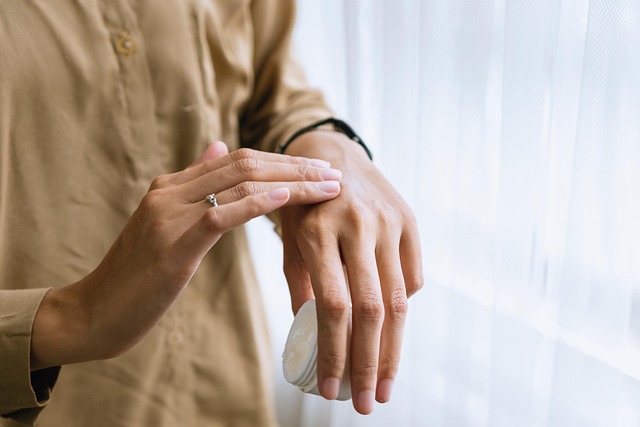Posture-focused sessions to reduce strain and improve circulation
Posture-focused sessions can help reduce muscle strain and encourage better blood flow by combining targeted alignment work with movement patterns. These sessions typically blend posture awareness, mobility drills, light strength work, and restorative stretching to support circulation and recovery while fitting into a consistent self-care routine.

Posture-focused sessions combine mindful alignment, deliberate movement, and short strength or mobility exercises to reduce strain and support circulation. Rather than relying on long workouts alone, these sessions emphasize small changes—scapular positioning, neutral spine, and hip alignment—that add up over time. Integrating hydration, basic nutrition timing, and adequate sleep supports tissue recovery and endurance, while a consistent routine or homeworkout plan helps maintain gains.
This article is for informational purposes only and should not be considered medical advice. Please consult a qualified healthcare professional for personalized guidance and treatment.
Posture: why it matters
Good posture decreases unnecessary loading on joints and soft tissues, lowering the risk of chronic strain. Sessions that emphasize posture begin with breath and awareness: noticing head position, ribcage alignment, and pelvic tilt. Progressions move to controlled movement patterns that reinforce spinal stability. Over weeks, improved posture can make everyday tasks feel easier, reduce tension in the neck and shoulders, and provide a stronger foundation for other goals like strength training, flexibility, and endurance.
How circulation improves with movement
Circulation benefits when movement encourages muscle pumps and reduces prolonged compression of blood vessels. Gentle active movements, light cardio, and focused stretching enhance venous return and microcirculation in muscle tissue. Posture-focused routines often include mobility sequences and short bouts of activity that keep circulation elevated without taxing recovery. Coupled with hydration and balanced nutrition, these sessions help deliver oxygen and nutrients to recovering tissues, supporting skin health and overall recovery.
Mobility and flexibility for less strain
Mobility and flexibility work target joint range and tissue extensibility so posture can be maintained with less effort. Effective sessions blend dynamic mobility drills for shoulders, hips, and thoracic spine with targeted flexibility work where restrictions exist. Improved mobility reduces compensatory patterns that lead to strain, allowing muscles to work more efficiently. A balanced routine includes progressive homeworkout components to reinforce newly gained ranges and prevent regressions between guided sessions.
Strength and endurance to support alignment
Building moderate strength and endurance around key joints helps posture hold throughout the day. Focused, low-load strength work for the upper back, glutes, and core supports alignment and reduces fatigue-driven collapses. Endurance training—done carefully—improves the ability to maintain posture during longer periods of standing or repetitive tasks. Incorporating these elements into sessions ensures posture improvements are functional and resilient, and that gains translate into everyday movement and longer workouts.
Stretching, homeworkout, and routine
Stretching is most effective when combined with a consistent routine and practical homeworkout assignments. Short daily or every-other-day sessions that include gentle stretching, posture checks, and a few mobility drills create meaningful change. Homeworkout plans should be realistic: brief sets, clear cues, and a progressive structure to build habit. Consistency, rather than intensity alone, supports long-term flexibility, reduces acute strain, and complements broader selfcare practices like skincare and sleep to support recovery.
Recovery, hydration, nutrition, and sleep
Recovery practices—adequate sleep, regular hydration, and sensible nutrition—magnify the benefits of posture-focused sessions. Sleep consolidates motor learning and helps tissue repair; hydration maintains blood volume for efficient circulation; nutrition supports muscle repair and energy for endurance work. Selfcare practices like foam rolling and brief restorative rest can accelerate recovery between sessions. When recovery is prioritized, posture improvements last longer and contribute to overall wellbeing without causing undue fatigue.
In summary, posture-focused sessions are a practical approach to reducing strain and enhancing circulation when combined with mobility work, targeted strength, and consistent recovery practices. Integrating these elements into a manageable routine or homeworkout plan helps translate session gains into daily life, supporting better alignment, improved endurance, and more efficient movement over time.





